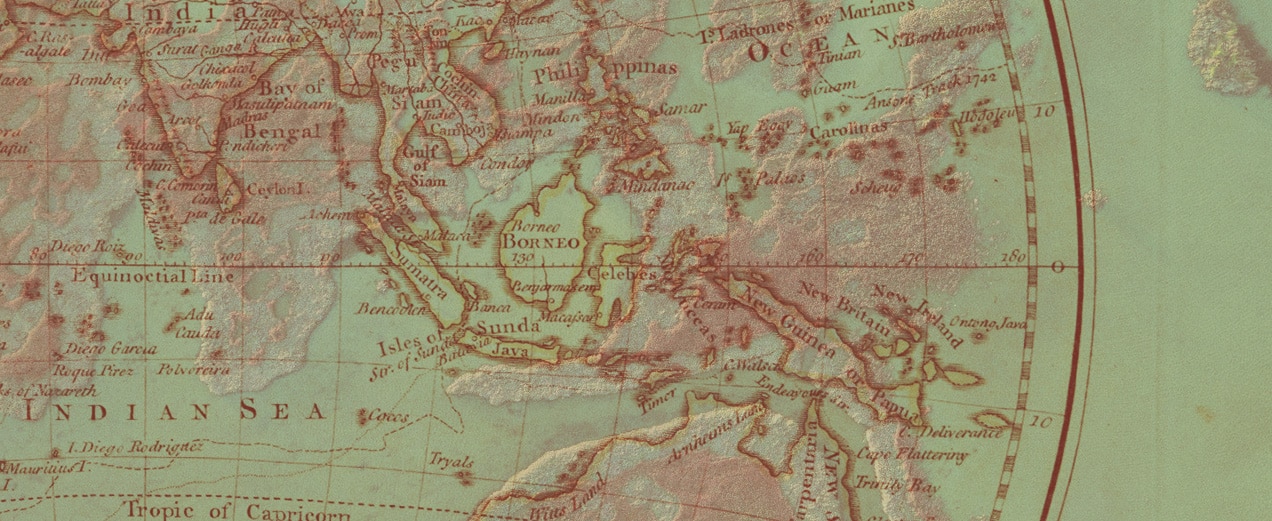Asia Pacific
Cookie-cutter climate mitigation strategy will not work for APAC banks
• 0 minute read
April 23, 2025

A one-size-fits-all approach to phasing out finance to carbon-intensive industries is not appropriate for banks in the Asia-Pacific (APAC) region, the United Nations Environment Programme Finance Initiative (UNEP FI) climate lead said last week.
APAC is responsible for half of global greenhouse gas emissions, said Carlota Gómez Tapia during a UNEP FI webinar on April 15. This was partly because 5,144 of the worldʼs 6,553 coal power plants are located in Asia. But it would not be “just” to simply demand these were shut down because the region needs energy to develop and many of the coal plants are “quite young” and would, therefore, be hard to retire.
APAC countries were at different stages of economic development compared with Europe or North America and required individual climate mitigation journeys, said Gómez Tapia. Asia’s reputation as a global manufacturing hub also meant its supply chains were heavily exposed to climate regulations in other regions.
To help banks develop their internal climate mitigation strategies, UNEP FI has developed a climate mitigation framework to translate its Principles for Responsible Banking into usable strategies and journeys.
Opportunity
Consulting firm McKinsey estimates that the green transition will be worth $5 trillion in Asia by 2030, while separate research by the International Labour Organization said the transition could generate a net 14.2 million green jobs in APAC.
Taxonomies were proving a “very useful tool” for banks in APAC looking to capitalise on the opportunity presented by the green transition, Gómez Tapia said. And, unlike taxonomies in other regions such as Europe, many APAC taxonomies employ a traffic light system, which classifies economic activities generally into three categories: green (environmentally sustainable); amber (transitioning or partially aligned); and red (not aligned at all). This provided clear guidance to banks, investors and regulators on what constituted sustainable finance activities, which activities are transitioning, and which do not meet an environmental objective, Gómez Tapia added.
Mix and match
On top of this, APAC banks had proved adept at mixing and matching sectoral transition pathways to reflect their local markets, Gómez Tapia said. This had seen one Australian bank “translate its overarching net zero target” into measurable targets for eight carbon-intensive industrial sectors.
“In this case, for power generation, they have selected an Australian scenario, which is a Climateworks’ Australia ‘hydrogen superpowerʼ scenario. But if we look at other sectors that they set targets on, for example, coal, transport and aviation, they have used the International Energy Agencyʼs net zero emissions 2050 scenario. The point is that weʼre seeing more and more banks in APAC use national and regional climate scenarios because theyʼre more accurate and tailored to their local context.”
Best practice
Gómez Tapia also highlighted an initiative by a Japanese bank, which had created a “playbook” setting out the types of customers that would be eligible for transition finance. Initially this consisted only of customers operating in the oil and gas sectors but the bank was in the process of expanding it to cover the steel and automotive sectors, she added.
Another “good demonstration” was that of an Indian bank which decided to offer customers buying electric vehicles a lower interest rate on their loans after using the UNEP FI’s climate mitigation framework to identify a transition opportunity in its domestic market.
Reporting
Harmonising reporting standards would also help banks help corporates in the net zero transition. APAC governments and regulators have been adopting the International Sustainability Standards Board (ISSB) climate reporting standard (S2), Gomez Tapia said. China’s Ministry of Finance’s December 2024 guidelines were “inspired by the ISSB framework”, as was Singaporeʼs recently introduced climate reporting requirement.
In December 2024, the growth and emerging markets committee (GMEC) of the International Organization of Securities Commissions (IOSCO) set up a network to foster the adoption of sustainability-related reporting standards. While this is a separate capacity initiative aimed at securities regulators, many APAC countries are involved.